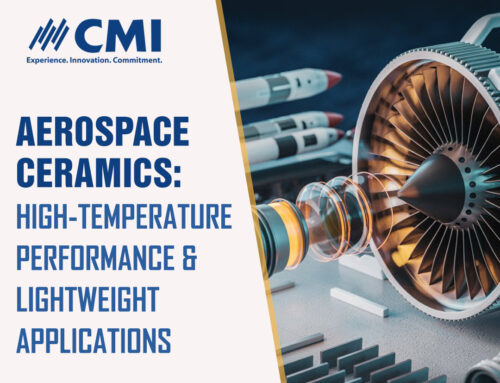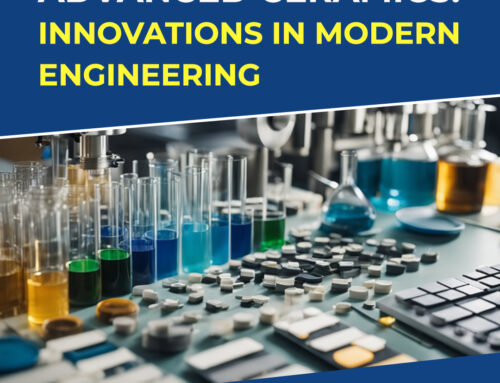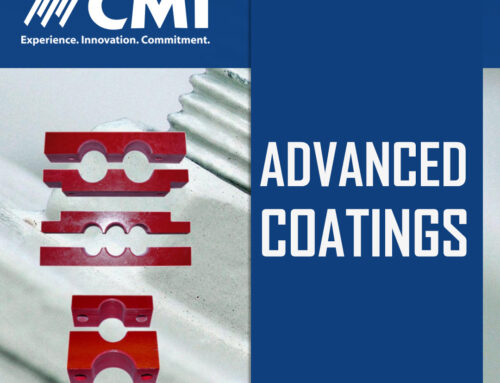MIL-STD-810 Testing
How can MIL-STD help you? You have a design idea that you just know is going to be a hit! But, have you ever thought about what materials it should be made of? How will those materials stand up to the environment that your product will face? Is it possible to test this in a laboratory environment before sending it out into the real world to have it fail?
The answer is yes. That is exactly what MIL-STD testing is designed to do. Materials react to their environments. Think about the fog in Florida, this fog will contain more salt than that of Michigan fog due to the close proximity of the ocean. When this salty fog meets some untreated steel, rust starts to form. This rust isn’t something that people will see in other parts of the country. However, it’s a factor that must be considered when manufacturing things such as automotive parts, electronic parts/components or other products made with metal involved.

So, what does Mil-STD stand for?
Mil-STD stands for military standards. These standards and methods of testing were set up by the military for their own equipment. However, over time, as the standards have been proven extremely useful, the commercial industry has taken these standards as their own as well.
To have a computer tested to the MIL-STD-810 is quite costly, which is why most companies don’t have their products tested but use components that have been in the past. Materials that have been tested to the MIL-STD are materials that can be safely used in the rugged computer industry. These components, when used in conjunction with each other, can make the entire unit MIL-STD-810 approved.
When you are looking for MIL-STD-810 Standard testing be sure to ask questions. Any vendor should be happy to show you their testing methods and explain the process. If you have reasonable expectations the testing should be done to your exact configuration which it’s desired.
Testing for Environments
As mentioned before the MIL-STD-810 testing consists of testing for various environments. There are 804 pages to this particular testing handbook. And, these are broken up into three categories. Part one being the Environmental engineering program guidelines. The second part is the laboratory test methods and the third is a guide to the world climatic regions. Which is important if your parts are going to be used worldwide and not just in the United States.
Most manufacturers will focus on testing methods and not worry too much about the guidelines. There are actual testing labs that do this sort of testing all the time and are very accurate in their testing methods. Many times a manufacturer will use these sort of labs for more extensive testing.
Test methods rand from Low Pressure (Altitude) testing to the Mechanical vibrations of shipboard equipment. There are currently 28 testing methods included in the MIL-STD-810 which also include:
- Rain
- Acceleration
- Vibration
- Shock
- Pyroshock
- Gunfire Shock
- Freeze/Thaw
- Rail Impact
- Sand and Dust
- Salt Fog (As previously discussed.)
- Solar Radiation
- Temperature Shock
- High or low temperatures
- Fungus
These are just some examples. There are 28 in total.
Have special design specs required for MIL-STD and Mil-Spec? We can help and create the exact product for your needs and requirements. Call us today for a free consultation.







You must be logged in to post a comment.